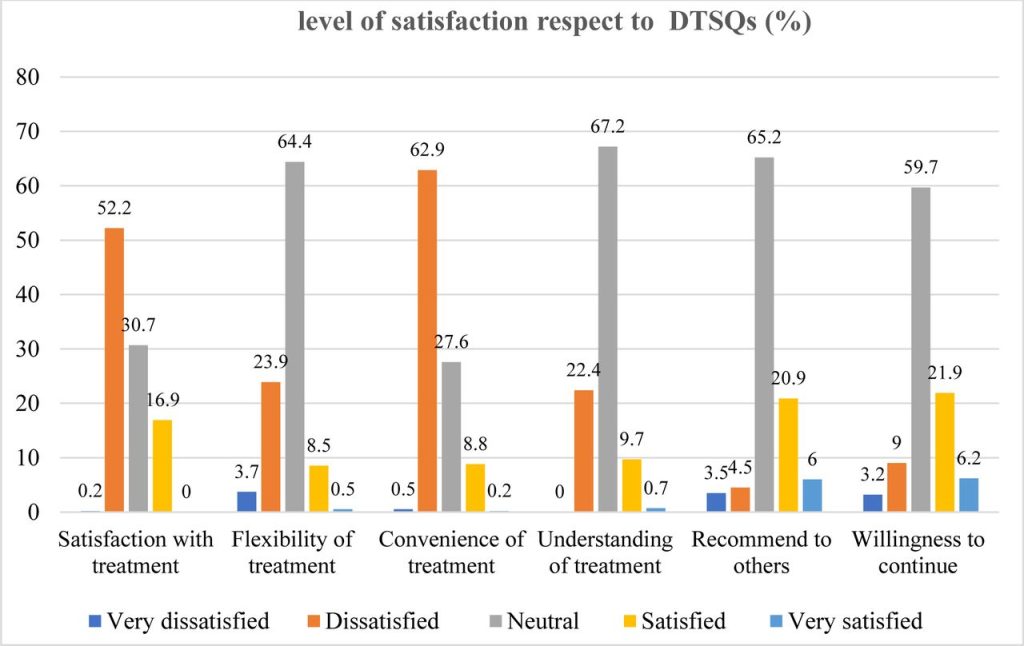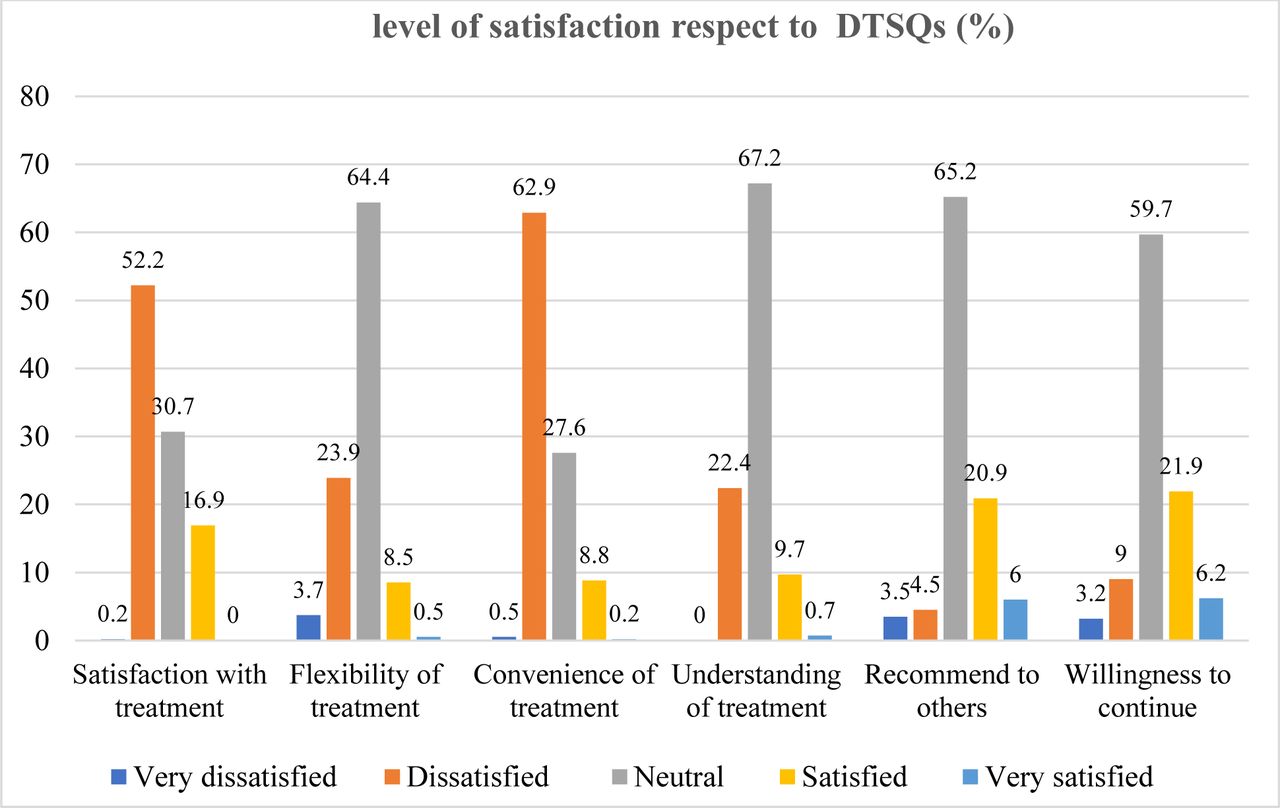Living with diabetes isn’t just about blood sugar numbers—it’s about how treatment fits into your life. Many patients struggle with complex regimens, side effects, or emotional stress, yet their voices often go unheard in clinical settings. That’s where the Diabetes Treatment Satisfaction Questionnaire (DTSQ) comes in. This validated tool helps healthcare providers understand your experience—so care can be tailored to what truly matters to you.
What Is the Diabetes Treatment Satisfaction Questionnaire (DTSQ)?
The Diabetes Treatment Satisfaction Questionnaire (DTSQ) is a standardized, patient-reported outcome measure designed to assess satisfaction with diabetes treatment. Originally developed in the 1980s and refined over decades, it’s now used globally in clinical trials, routine care, and research to evaluate how well a treatment aligns with a patient’s needs, lifestyle, and expectations.
Unlike generic satisfaction surveys, the DTSQ focuses specifically on diabetes-related aspects like:
- Perceived effectiveness of treatment
- Convenience and flexibility
- Psychological burden
- Frequency of hypoglycemic episodes
There are two main versions:
- DTSQs (status version) – Measures current satisfaction at a single point in time.
- DTSQc (change version) – Assesses changes in satisfaction after a treatment switch or intervention.
Both versions contain 8 core items scored on a 0–6 scale (higher = greater satisfaction), plus two additional items on perceived hyper- and hypoglycemia frequency. Total scores range from 0 to 48.
💡 Did you know? A 2021 meta-analysis in Diabetes Care found that higher DTSQ scores correlate strongly with better medication adherence and glycemic control (HbA1c reduction of up to 0.8%).
Why Does Treatment Satisfaction Matter in Diabetes Care?
Satisfaction isn’t just a “feel-good” metric—it directly impacts health outcomes. Consider this:
- Non-adherence rates for diabetes medications hover around 30–50%, often due to dissatisfaction with side effects, dosing complexity, or cost (CDC, 2022).
- Patients reporting high treatment satisfaction are 2.3x more likely to stick to their regimen long-term (American Diabetes Association, 2020).
In short: if a treatment doesn’t feel right to the patient, even the most clinically effective drug may fail in real life. The DTSQ bridges that gap by giving clinicians actionable feedback.
For more background on patient-reported outcomes in chronic disease management, see the Wikipedia entry on Patient-Reported Outcome Measures .

How Is the DTSQ Used in Real-World Settings?
Healthcare teams use the DTSQ in three key ways:
1. Clinical Practice
During routine visits, providers may administer the DTSQ to:
- Identify hidden frustrations (e.g., “I hate injecting insulin before every meal”)
- Compare satisfaction before/after switching from oral meds to GLP-1 agonists
- Personalize care plans based on patient priorities
2. Pharmaceutical Research
Drug developers use DTSQ scores in Phase III trials to prove that a new therapy isn’t just effective—but also preferred by patients over existing options.
3. Health Policy & Quality Improvement
Hospitals and insurers analyze aggregated DTSQ data to:
- Evaluate diabetes care programs
- Allocate resources to high-need populations
- Benchmark provider performance
Step-by-Step: How to Complete the DTSQ
While the full questionnaire is typically administered by a clinician, here’s how it works:
- Receive the form – Usually 1–2 pages, available in paper or digital format.
- Answer 8 core questions – Rate statements like “My treatment is very convenient” on a scale from 0 (very dissatisfied) to 6 (very satisfied).
- Answer 2 supplementary questions – Estimate how often you’ve experienced high or low blood sugar in the past few weeks (0 = never, 6 = very often).
- Submit & discuss – Your provider reviews scores and uses them to guide next steps.
✅ Pro Tip: Be honest—even “negative” feedback helps your care team make better decisions!
DTSQ vs. Other Diabetes Satisfaction Tools: A Quick Comparison
| Focus | Treatment satisfaction | Satisfaction + burden | Emotional distress |
| Items | 8 core + 2 optional | 17 | 20 |
| Time to complete | 3–5 minutes | 7–10 minutes | 5–8 minutes |
| Best for | Routine clinical use | Research settings | Mental health screening |
| Validated in US populations | ✅ Yes | ✅ Yes | ✅ Yes |
Source: Polonsky et al., Diabetes Technology & Therapeutics, 2019
Common Misconceptions About the DTSQ
❌ Myth: “It’s just a survey—my answers won’t change anything.”
✅ Truth: DTSQ data directly informs treatment adjustments. A 2023 study showed 68% of endocrinologists modified therapy based on low DTSQ scores.
❌ Myth: “Only for insulin users.”
✅ Truth: The DTSQ works for any diabetes treatment—oral meds, pumps, CGMs, or lifestyle-only plans.
❌ Myth: “It’s too technical for average patients.”
✅ Truth: Written at a 6th-grade reading level, with clear, everyday language.
FAQ Section
Q1: Who should take the Diabetes Treatment Satisfaction Questionnaire?
A: Anyone diagnosed with type 1, type 2, or gestational diabetes who is undergoing active treatment. It’s especially useful when starting a new medication, device, or lifestyle program.
Q2: Is the DTSQ free to use?
A: The original DTSQ is copyrighted, but many clinics and researchers license it through official channels (e.g., MAPI Research Trust). Patients never pay to complete it.
Q3: How often should I retake the DTSQ?
A: Typically every 3–6 months during active treatment changes, or annually for stable regimens. Your care team will advise based on your situation.
Q4: Can the DTSQ replace HbA1c tests?
A: No. The DTSQ measures subjective experience, not clinical biomarkers. It complements—not replaces—objective data like HbA1c, glucose logs, or time-in-range.
Q5: Are DTSQ results shared with my insurance company?
A: Generally, no. Results are part of your medical record but are protected under HIPAA. They’re used internally by your care team unless you consent to broader sharing (e.g., for research).
Q6: Where can I find a sample DTSQ?
A: Full versions aren’t publicly posted due to copyright, but your doctor, diabetes educator, or clinic can provide an official copy during your visit.
Conclusion
The Diabetes Treatment Satisfaction Questionnaire isn’t just another form to fill out—it’s your chance to shape your own care. By capturing what you value—convenience, fewer injections, peace of mind—it empowers providers to move beyond “one-size-fits-all” medicine.
If you’re living with diabetes, don’t hesitate to ask your care team: “Can we use the DTSQ to see how I’m really doing with this treatment?” Your honest feedback could be the key to a happier, healthier journey.
👉 Found this helpful? Share it with someone who’s navigating diabetes care—you might just help them speak up and get the support they deserve!

Leave a Reply